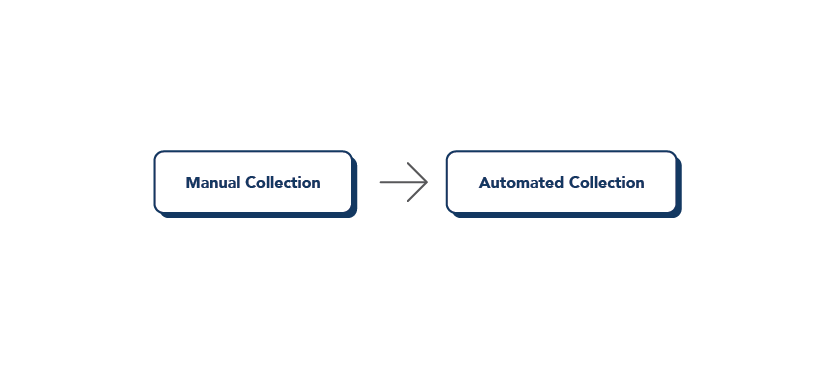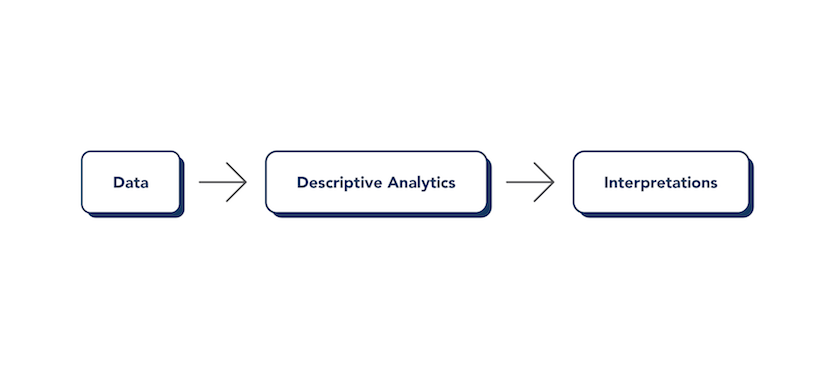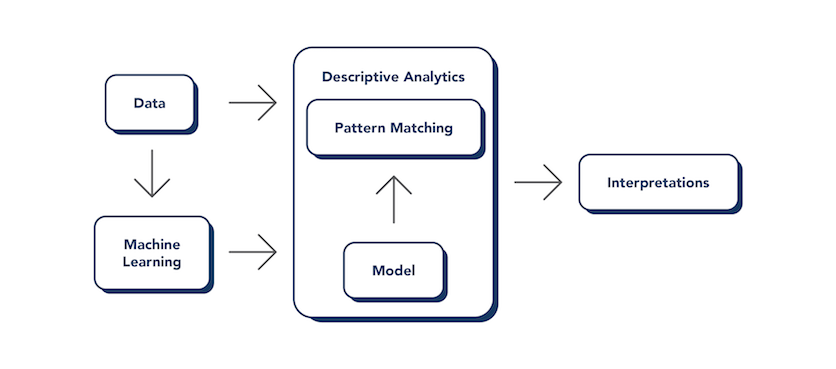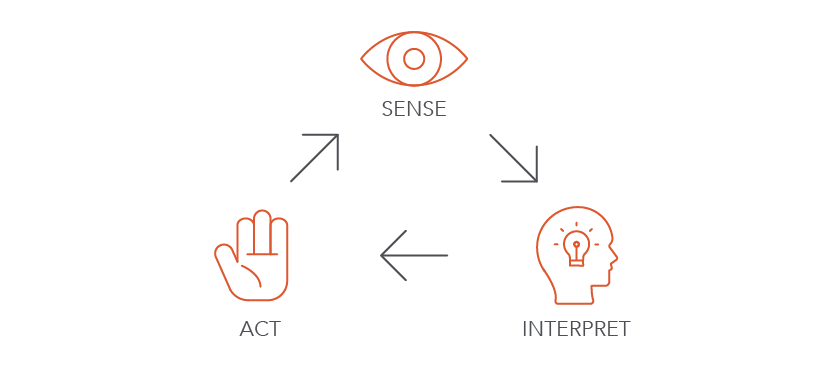Explore solutions built for your industry
Our customer-proven solutions monitor medications and food inventories for some of the most recognizable names in the industries of healthcare, food service, and transportation, and logistics. See how our solutions adapt to your industry needs.
SEE SOLUTIONSKroger Health Strengthens Compliance Visibility with SmartSense
Watch The VideoLEARN
Questions? Call +1 (866) 806-2653 to speak to our experts.
Schedule demoQuestions? Contact us.
Call +1 (866) 806-2653 to speak with our experts or get started with a demo.
CONTACT USAbout Us
SmartSense was created to use the power of the Internet of Things (IoT) to help our customers protect the assets most critical to the success of their business.
See our storyCONNECT. PROTECT. RESULTS.
Questions? Call +1 (866) 806-2653 to speak to our experts.
Schedule demoPlease select your login
July 18, 2018
The Power of Prediction: The Analytics Maturity Model in IIoT
Advances in the Industrial Internet of Things (IIoT) domain have created a wealth of new opportunities for making sense of the world, but has brought with it the challenge of leveraging massive amounts of data to improve decision-making. As the number of connected devices continues to grow, manual data collection methods are quickly becoming impractical. Implementing systems that apply analytics to generate meaningful insights that improve decision-making requires significant time and effort, but its benefits cannot be overstated. Analytics in IIoT can enable smarter decision making, letting companies attain levels of business performance far beyond what they previously realized.
Where should companies start in the process of implementing analytics? In this post we outline a four-stage Analytics Maturity Model (adapted from http://bluehillresearch.com/iot-analytics-in-practice/ (2015)). Each of the four stages introduce key capabilities that transition from a fully manual-oriented data collection and interpretation regime into intelligent business processes that prevent problems before they occur, monitor the outcomes of decisions to learn what is effective, and continually update interpretations and actions in response to an ever-changing world.
Stage 1: Collection Automation
Automating data collection is an essential step in the journey of adopting IIoT analytics in a significant way. Manual collection has limitations including data accuracy and capacity. Manual processes can also limit the type of information that is being collected. There are many environments in which it is impractical or unsafe for a person to collect data, for example in recording the water temperature of a dishwasher.
Automation mitigates these limitations, providing consistent measurements and opportunities to collect previously inaccessible measurement types. The use of advanced wireless sensors unlocks the potential for automated data collection, and helps to identify significant events that may be invisible due to sampling or averaging.

In Stage 1 of the Analytics Maturity Model, companies go from manual data collection to automated data collection
Stage 2: Descriptive Analytics
Interpretation of data can be a challenging undertaking, regardless of the amount of data being analyzed. With the increased volume and complexity of data enabled by collection automation, it is important to extend automation to the interpretation of data as well. We use the term ’model’ to refer to an association between a pattern in data and an interpretation of what it reflects in the real world. Mental models are how people look at data and quickly judge what it reflects (and thereby what action, if any, should be taken), but people are notoriously inconsistent in their interpretations of data and often cannot explain why they came to a judgement.
Models that are captured in code can remove human variability and can scale data interpretation further than manual interpretations can be scaled. These models can reflect real-world expertise from the domain knowledge of Subject Matter Experts (SMEs), and should be based on historic trends and observed behavior, as opposed to instinct or feeling. Interpretations of data are generated by applying descriptive analytics models to data, inferring the real-world events that have occurred based on finding the associated patterns in data.

Stage 2 of the Analytics Maturity Model extends automation to the interpretation of data
Stage 3: Predictive Analytics
Similar to descriptive analytics, predictive analytics apply models to interpret patterns in data, drawing from real-time, historic, and contextual data sources. However, there is a significant difference: with predictive analytics, the interpretation of data is for an event that hasn’t occurred yet. The interpretation predicts what event will occur, rather than what event did occur.
Predictive analytics is the first stage in the maturity model that enables proactive decision making. This can have a profound impact on how businesses operate, because it provides the possibility of avoiding specific (negative) events. Let’s say your organization has experienced a number of refrigerator failures, with the faulty fridges experiencing similar fluctuations in the timing of defrost events before failing. Future failures could be anticipated through predictive analytics, by monitoring for a loss of periodicity in defrosts and inferring that a failure is imminent, saving time and effort by identifying the need to replace these machines before they malfunction (with associated product loss or increased risk of selling spoiled food or pharmaceuticals).
Machine Learning (ML) refers to a set of techniques that can take large volumes of data and automatically detect the patterns that consistently associate with labeled outcomes. ML often improves upon people’s abilities to manually define models because it doesn’t suffer from many biases that humans are susceptible to. It can also evaluate a far larger number of potential patterns that may have too small an association for people to recognize easily. When analyzed together, it can be the basis of a strong predictive capability. Machine Learning is particularly useful in predictive models because the time between when the ‘evidence’ is collected and when the ‘result’ manifests creates further difficulties for people to accurately develop models and overcome cognitive biases.

Stage 3 of the Analytics Maturity Model enables proactive decision making
Stage 4: Prescriptive Analytics
As discussed previously, predictive analytics leverages data to anticipate future events, which enables proactive decision making (taking actions to prevent a negative event or to maximize the chances of a positive event occurring). The previous maturity stage is already leaps and bounds beyond the level that many organizations are currently using analytics, but there is more opportunity to improve business processes.
Prescriptive analytics utilizes models for pattern matching and predictions, just as Descriptive and Predictive analytics do, but extends this by automatically generating responses to these interpretations of data. Back to our example earlier, if the system identifies an imminent failure in a refrigerator because a specific part is likely to malfunction, the system can take action and order a replacement part and initiate a service call to replace the part before the malfunction occurs.
A key benefit of automatically generating response actions is that the general approach of applying Machine Learning to develop models that accurately relate patterns of data to events can be applied to modeling the relationship between actions taken and outcomes. This means that the system can monitor the actions it recommends and over time accumulate statistics around the efficacy of different actions in various contexts that form the basis for learning the best action to take in specific circumstances. By continually monitoring actions and outcomes and re-learning on the expanded set of historic cases, such a system becomes adaptive to an ever-changing world, learning new optimal actions if old actions no longer prove effective.

Stage 4 of the Analytics Maturity Model provides the basis of learning the best action to take in specific circumstances, learning new optimal actions over time
Smarter Business Processes
Data collection automation is just the start of improving business processes. By applying descriptive analytics, companies can automate the interpretation of large volumes of data being collected. Predictive analytics focuses on identifying events that will occur in the future, giving organizations time to intervene on identified problems, preventing issues before they occur. Finally, prescriptive analytics applies the learning feedback loop not just to interpreting what’s going on in the world based on sensor evidence, but also identifying which actions are most likely to yield good outcomes and enables continuous learning for constant adaptation to a changing world.
This allows organizations to act intelligently, in a continuous Sense → Interpret → Act feedback loop, saving time and money and approaching full realization of the potential value of IIoT.
Don’t forget to rinse and repeat!

Companies progressing fully through the Analytics Maturity Model can realize a continuous Sense → Interpret → Act feedback loop that adapts to a changing world
Subscribe to Connected Insights!
Subscribe to our blog to get regular email updates on food safety, pharmacy safety, and supply chain insights.
Subscribe to the SmartSense Blog
Stay up-to-date on the evolution of IoT connectivity.
CONNECT. PROTECT. RESULTS.
Learn how our complete critical
environment monitoring solution will help you
connect and transform your business.
Call +1 (866) 806-2653 to speak with our industry
experts or get started by
requesting a demo.
